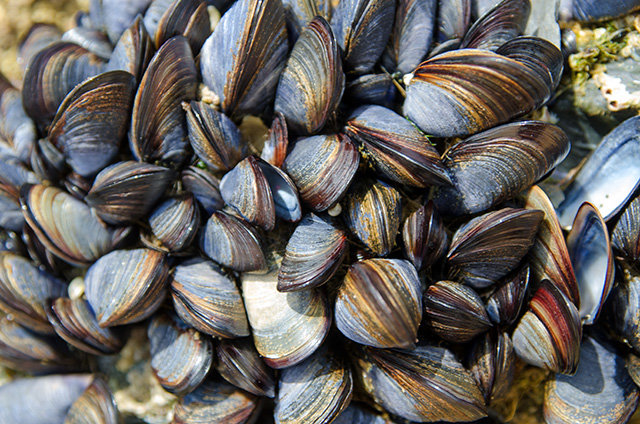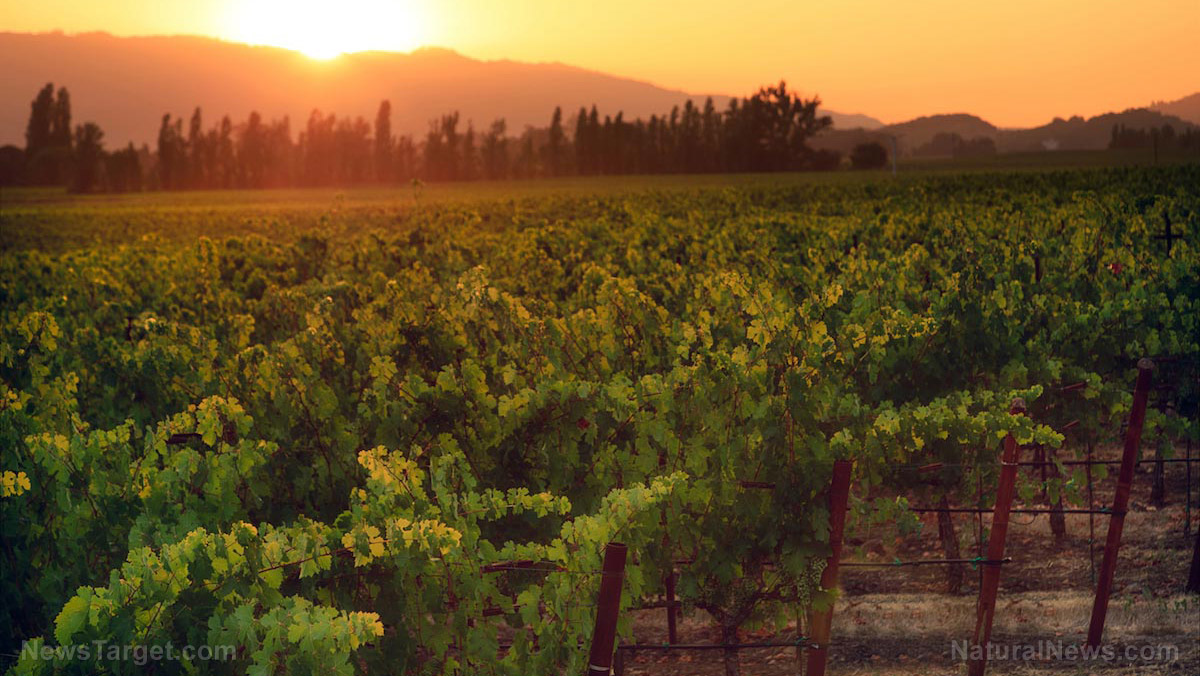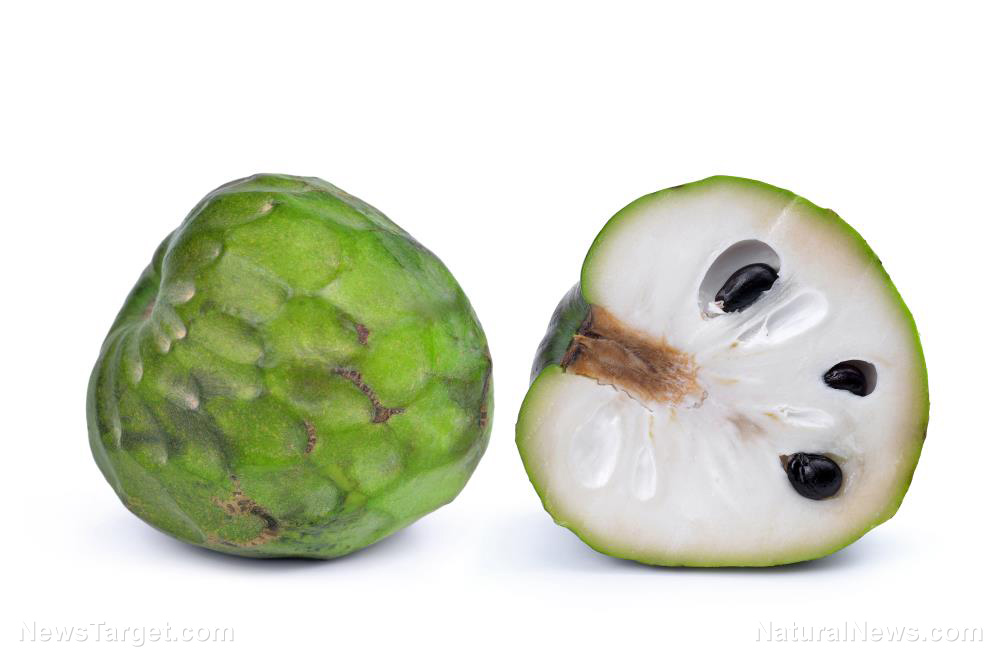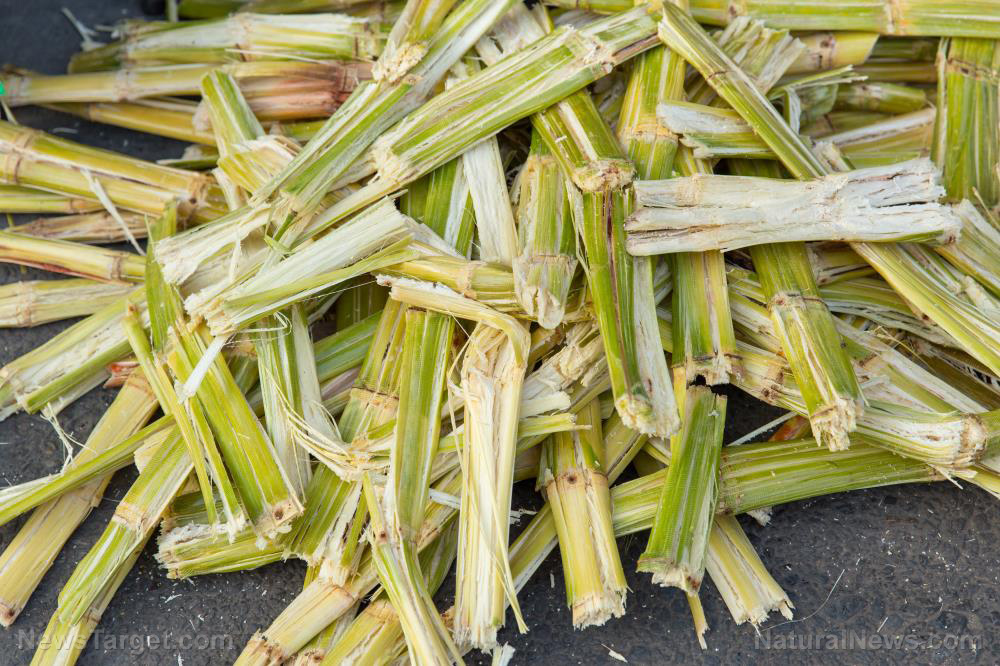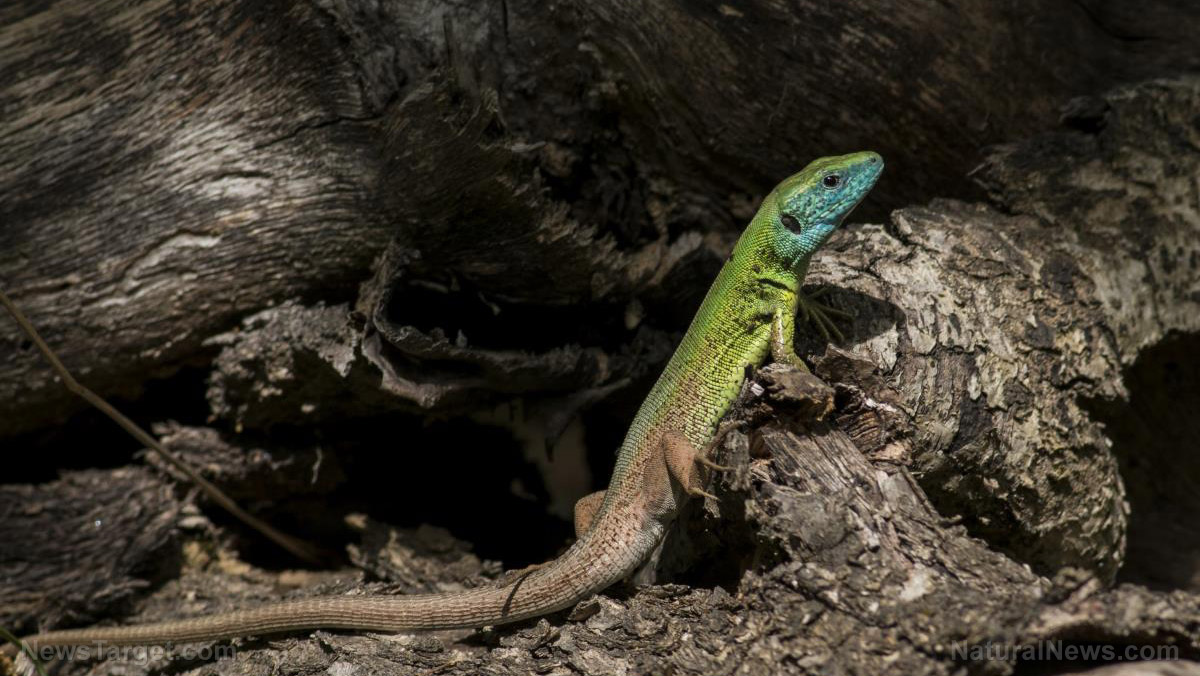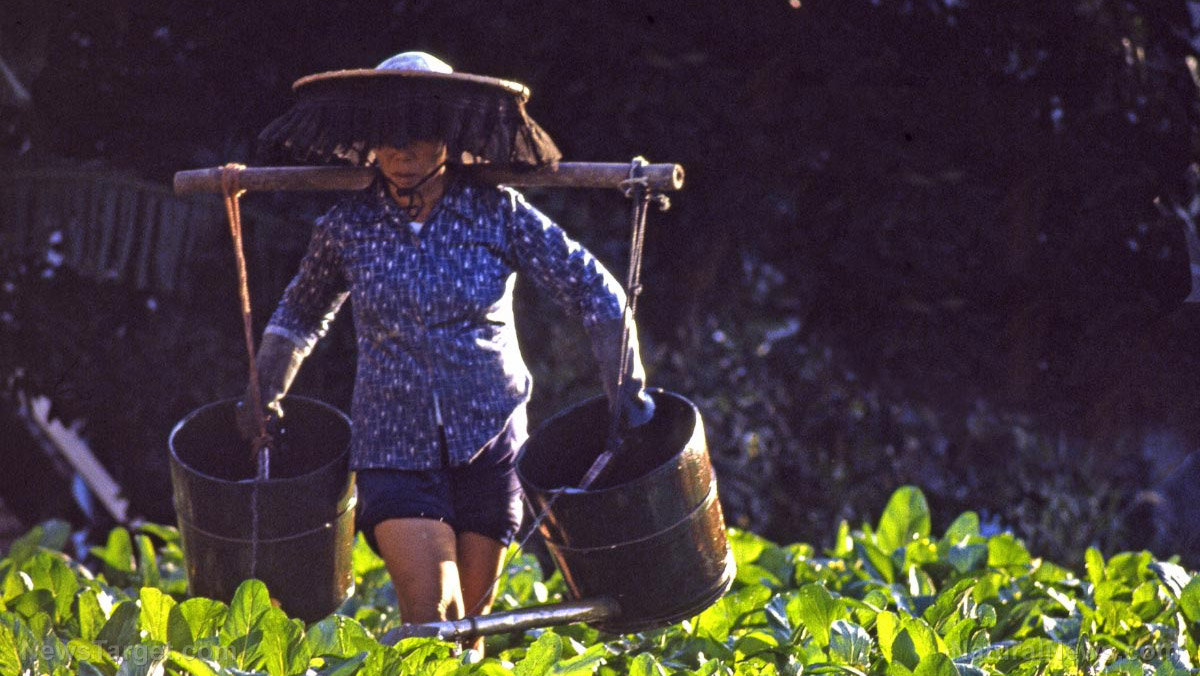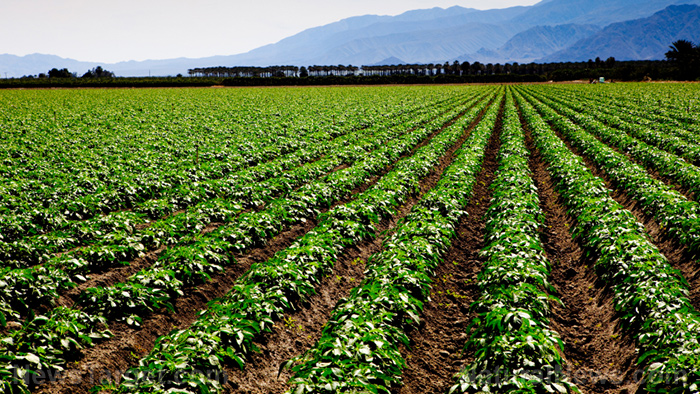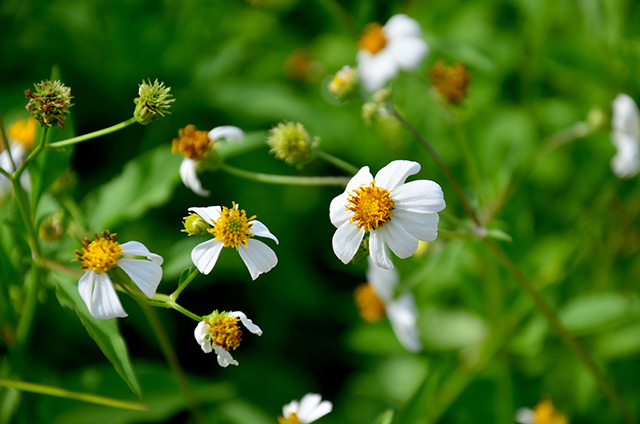Controlling the soil-borne fungus Verticillium dahliae using natural approaches
10/17/2018 / By Edsel Cook

American researchers tackled the means by which the spread of the pathogenic soil fungus Verticillium dahliae could be managed through natural means. They envisioned an approach where farmers would avoid planting infected seeds and instead cultivate broccoli crops that are immune to Verticillium wilt.
The University of California supported this review. The researchers published their efforts in the journal California Agriculture.
- V. dahliae is a fungus that is transmitted through contaminated seeds. It can survive in the soil for as long as 14 years, making it a long-term threat.
- In addition to using spinach and occasionally lettuce as its infection vector, it afflicts plants with the incurable Verticillium wilt disease.
- The primary method for dealing with Verticillium wilt is fumigation. However, the highly effective chemical fungicide methyl bromicide is illegal under the Montreal Protocol. Other chemicals are nowhere as effective.
- To impede the spread of the disease, farmers should avoid planting spinach and lettuce seeds unless they have been thoroughly examined and proven to be clean. New methods have appeared that can complete this inspection process in just a day. Lettuce seeds are also harder to infect than spinach seeds.
- Broccoli is immune to Verticillium wilt. The vegetable also suppresses the growth of the fungi’s microsclerotia in the soil, thereby reducing the spread and ability of the pathogen to survive.
The researchers believe that Verticillium wilt can be controlled by a combination of growing broccoli and using only clean lettuce seeds. They also warned against externalities that could deter farmers from taking up these management methods.
Read the complete study at this link.
For more articles about organic farming techniques, visit Harvest.news.
Journal Reference
Carroll CL, Carter CA, Goodhue RE, Lawell C-YCL, Subbarao KV. THE ECONOMICS OF MANAGING VERTICILLIUM WILT, AN IMPORTED DISEASE IN CALIFORNIA LETTUCE. California Agriculture. 13 September 2017;71(3):178–183. DOI: 10.3733/ca.2017a0028
Tagged Under: agriculture, brocolli, crop yield, crops, fungicides, harvest, lettuce, Methyl bromide, Natural Alternatives, organic farming, plant disease management, Plants, soil fungi, spinach, toxic fungicides


